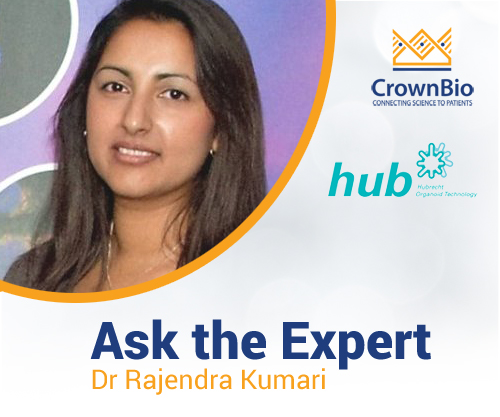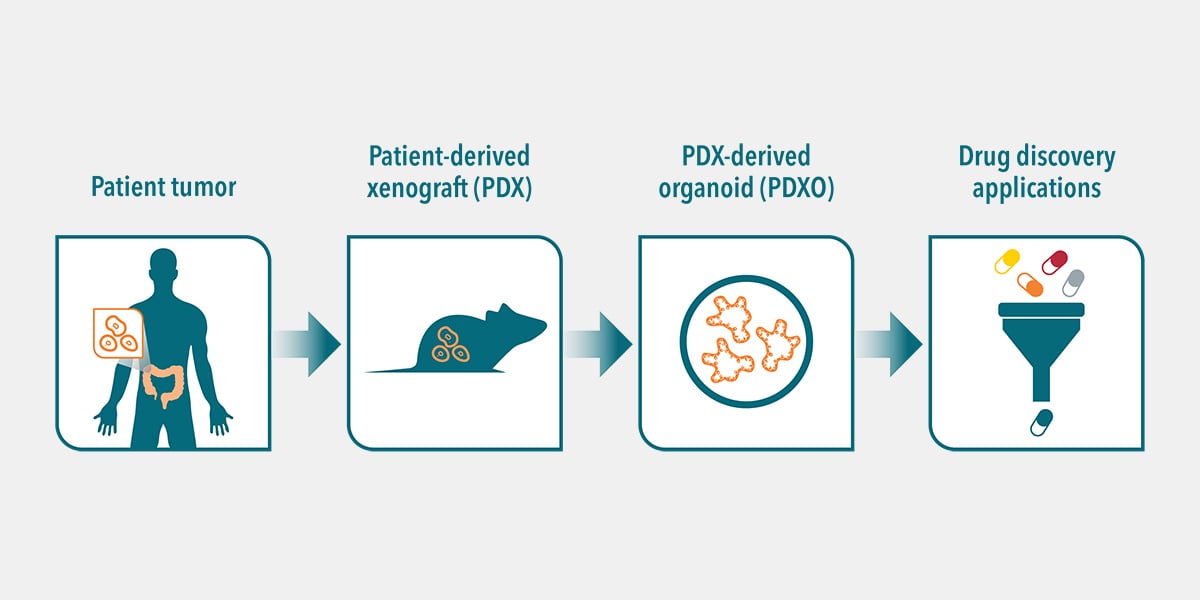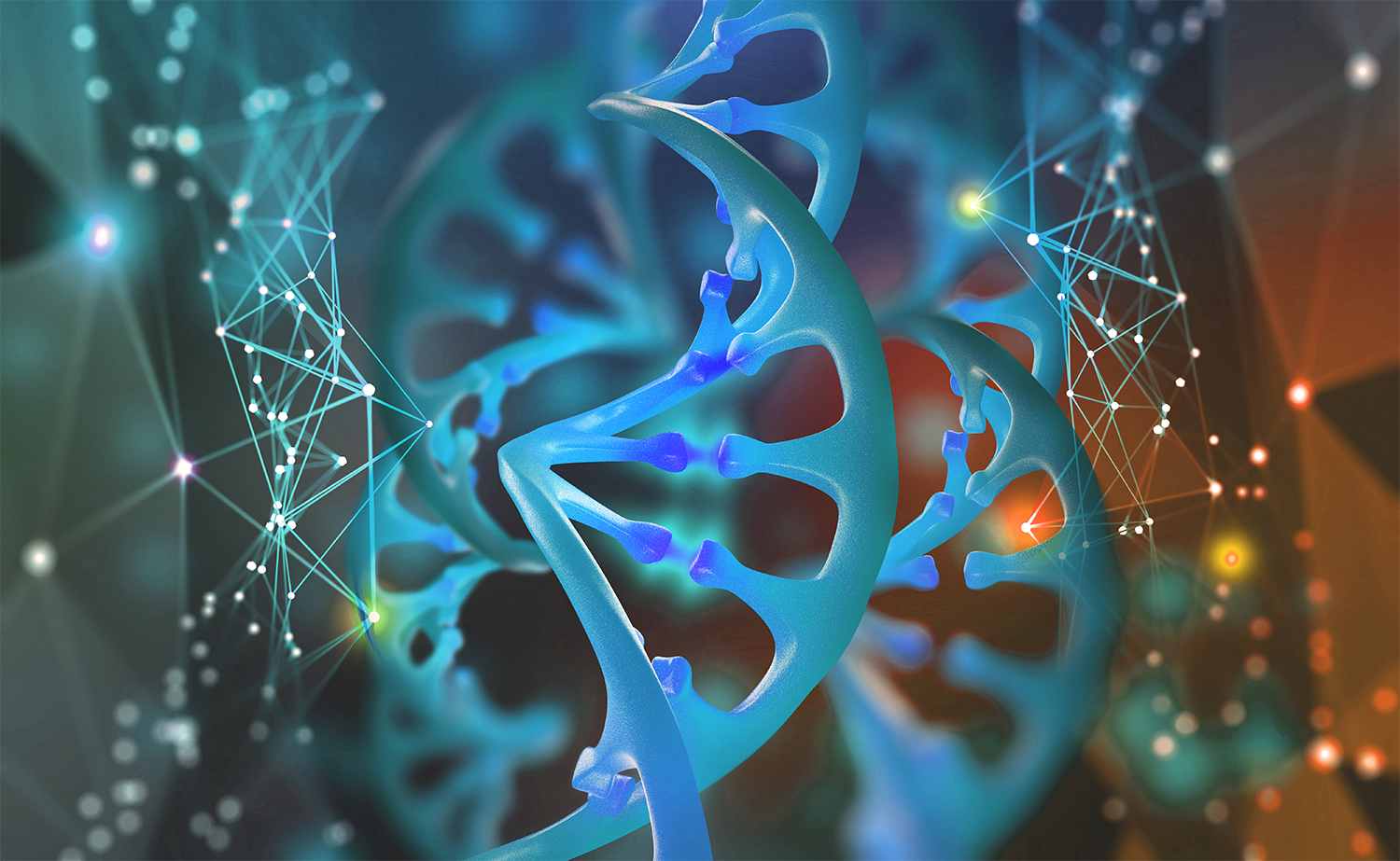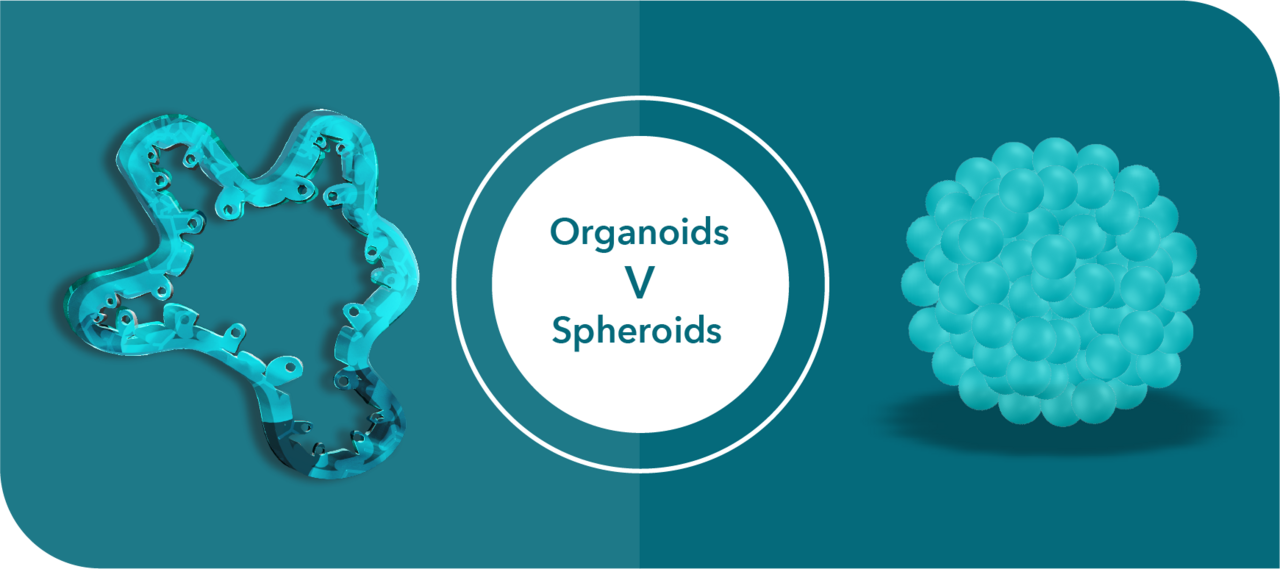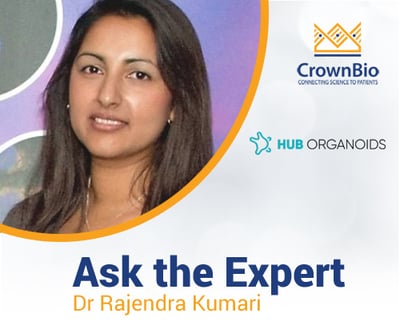 Dr Rajendra Kumari answers the key questions around HUB Organoid technology and tumor organoid models from our recent webinar on 3D in vitro drug discovery.
Dr Rajendra Kumari answers the key questions around HUB Organoid technology and tumor organoid models from our recent webinar on 3D in vitro drug discovery.
HUB Organoid Models and Development
Why do Tumor Organoids Develop from Adult Stem Cells?
Stem cells are under-differentiated cells with self-renewing capacity and the potential to regenerate various tissues and organs. HUB methods use stem cell niche factors to stimulate these stem cells to proliferate and differentiate, so you don’t get an enrichment for stem cells as the differentiated cells continue to grow.
Can Models also be Established for Mimicking Cancer Stem Cells?
3D spheroids are typically used for cancer stem cell enrichment, rather than organoids, as the cells are able to differentiate.
Could You Discuss the Important Differences between Patient-Derived Spheroids and Patient-Derived Organoids?
Spheroids are cell clusters or aggregates of single cell populations or a mixture of different cells, typically immortalized cell lines, primary cells, or fragments of human tissue. This is different to organoids which are developed from stems cells and have multiple cell lineages developed as a result of self-organization. Organoids also have a 3D shape and structure resembling the microanatomy of the tissue from which they originate.
Spheroids can mimic different proliferative and quiescent phenotypes as well as drug penetrance and resistance and hypoxia, but cannot be maintained in long term culture and undergo senescence. In contrast, organoids have the ability to be maintained in long term culture. We've covered this is more detail in a previous blog post.
Have You Also Established 3D Models Mimicking Normal Tissue to Study Drug Side Effects?
We do have ‘normal’ organoids from HUB, which are currently being expanded. HUB organoids are being used by others for toxicity testing whereas we are focusing on preclinical oncology.
Are Normal Organoids Matched to Tumor Organoids?
Yes, matched pairs have been generated by HUB using normal tissue adjacent to tumors.
You Have Solid Tumor Derived Organoids Available, but not Organoids from Leukemia or Lymphoma. Can You Explain Why?
Currently the HUB method for culturing organoids is only valid for epithelial origin cells and therefore we don’t have organoids for lymphoma or leukemia. We can use lymphoma PDX ex vivo for 3D cultures.
HUB Organoid Model Technical Questions
How do you Passage HUB Organoid Cultures?
We are trained by HUB and they advise on the best approach for passaging. We cannot explicitly share this information, but there are many published methods and online information available.
Are the Organoids Single Cell Detached and then Seeded For Drug Screening?
These are plated as organoids.
Do you Change Media Every Day during Drug Screens, to Replace Growth Factors?
No, the organoids are plated at a density so not to deplete the available nutrients in culture - they are incubated in the assay for 5 days.
Have you tested PDO-Like 3D Cell Cultures in a "Prematuration" Phase, e.g. Prior to the Multi-Week Expansion Step?
We work to build a master cell bank first and this varies in terms of passage for each model. This is then characterized once we know the growth of an organoid can be achieved and has been SNP verified. From this a working cell bank is developed and again SNP verified so we don’t test in any early stages.
Contact us with any further questions on our organoid platform and models.

